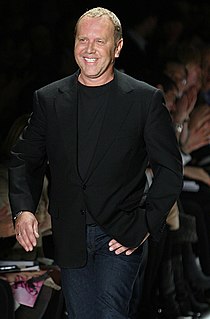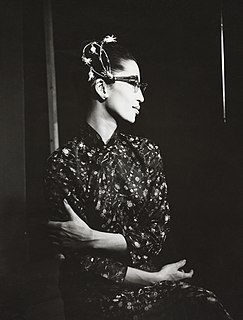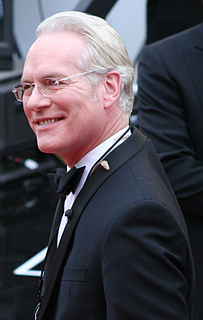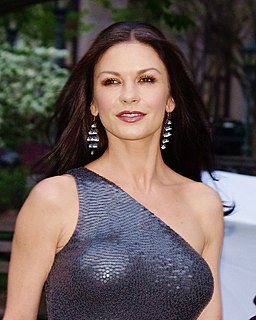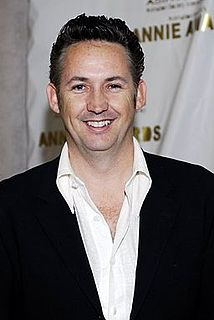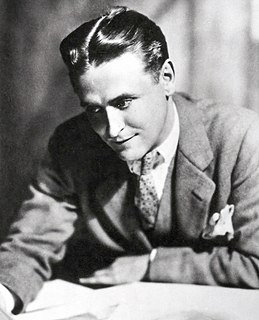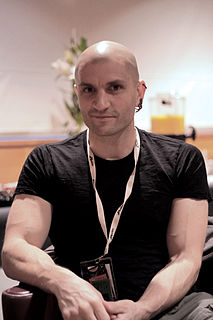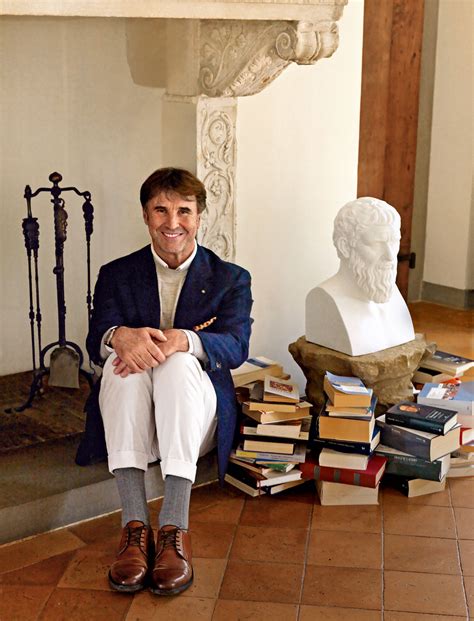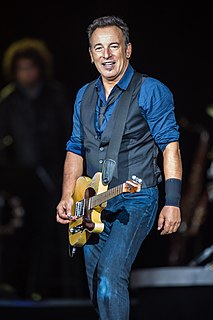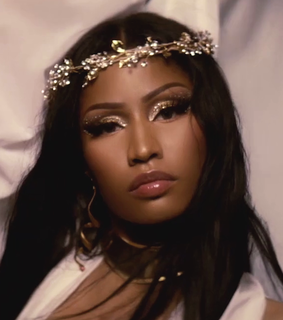A Quote by Borns
I look at performance clothes as setting the mood for the whole show.
Related Quotes
The effective executive knows that it is easier to raise the performance of one leader than it is to raise the performance of a whole mass. She therefore makes sure she puts into the leadership position, into the standard-setting, the performance-making position the person who has the strength to do the outstanding pacesetting job. This always requires focus on the one strength of a person and dismissal of weaknesses as irrelevant unless they hamper the full deployment of the available strength.
When I'm writing a book, generally I start with the mood and setting, along with a couple of specific images?things that have come into my head, totally abstracted from any narrative, that I've fixated on. After that, I construct a world, or an area, into which that general setting, that atmosphere, and the specific images I've focused on can fit.

